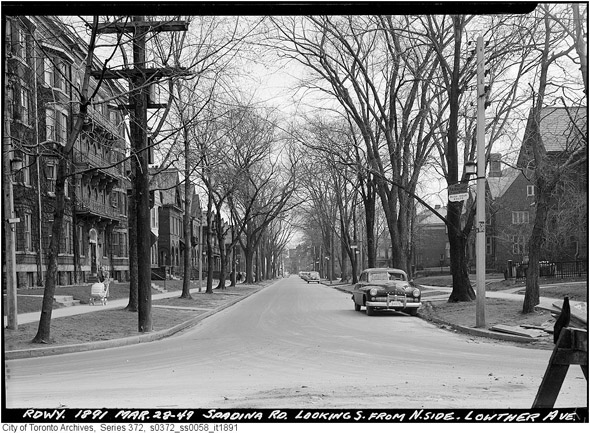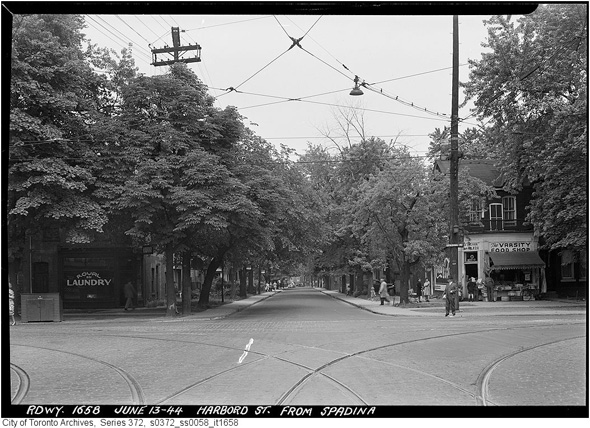RC8
Senior Member
Which office development success is this? The sprawling business parks next to Pearson? They exist there because the city of Mississauga could afford to throw away farmland in return for jobs, and because employers wanted to move closer to where their middle-aged suburban workforce lived while paying pretty much nothing in taxes for property so unattractive no one would want to convert into anything else. Costs for transportation, environmental degradation, and social exclusion are all externalised in these developments. Luckily the presence of the airport means the land wouldn't have been too valuable either way, making the state of things there much more acceptable than it would be otherwise.
Meanwhile in North York, if you want new office development you are encouraged to build an expensive office tower next to the subway line or go home. That, or Jane and Finch! It is unreasonable to expect the inner suburbs to replicate what's happening beyond Toronto if they don't have the tools that allow the others to! Downtown Mississauga's lack of success proves that it's not a tax or regulation issue keeping people outside Toronto.
Cheap fuel, worthless land, low maintenance costs, and a healthy professional middle-class allow suburbs in the GTA to attract employment. Another detail about any recently built suburb is that everyone is well-off because if they weren't they wouldn't been able to buy a house there in the first place! Add to that most of the work is paid for by developers who pave and tidy up subdivisions before handing them over to people who will maintain them in good shape in the short term. It takes many decades before these places have to exist as a 'real' municipality. Many pockets of Mississauga, Vaughan, and Brampton will inevitably reach Scarborough-like levels of poverty in the medium term. Their low density built form will make it very difficult for them to deal with social and infrastructure issues without seriously raising their tax-rates.
Meanwhile in North York, if you want new office development you are encouraged to build an expensive office tower next to the subway line or go home. That, or Jane and Finch! It is unreasonable to expect the inner suburbs to replicate what's happening beyond Toronto if they don't have the tools that allow the others to! Downtown Mississauga's lack of success proves that it's not a tax or regulation issue keeping people outside Toronto.
Cheap fuel, worthless land, low maintenance costs, and a healthy professional middle-class allow suburbs in the GTA to attract employment. Another detail about any recently built suburb is that everyone is well-off because if they weren't they wouldn't been able to buy a house there in the first place! Add to that most of the work is paid for by developers who pave and tidy up subdivisions before handing them over to people who will maintain them in good shape in the short term. It takes many decades before these places have to exist as a 'real' municipality. Many pockets of Mississauga, Vaughan, and Brampton will inevitably reach Scarborough-like levels of poverty in the medium term. Their low density built form will make it very difficult for them to deal with social and infrastructure issues without seriously raising their tax-rates.
Last edited:






